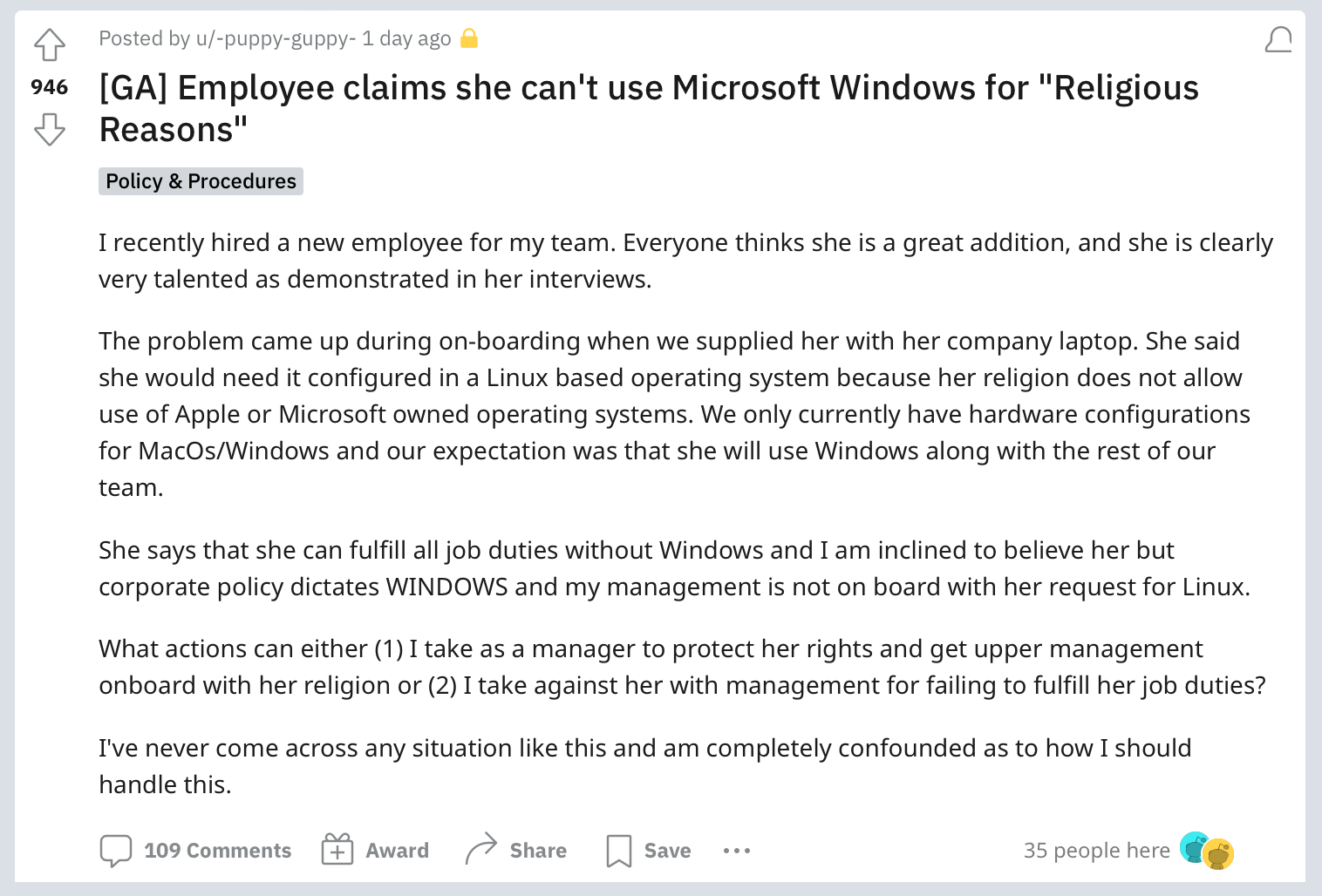Just before the holiday break, I got 3 company-wide email missives. I didn’t know any of the people referenced, nor the people who had sent them, nor the people who they were sent on behalf of. Nothing they addressed affected me in any meaningful way, and I have literally no influence on anything they were referring to. I surmise that the vast majority of people who got those emails were in precisely the same situation as I was. I’ve already forgotten everything about them.
It occurs to me that these things might be important for a couple handfuls of people, and it would be better handled in their staff meetings. The company-wide email, talking about the moves of people you’ve never heard of, responsible for ineffable things, mired in our 5-dimensional cross-functional reporting matrix, just seems to me to be a way for senior execs at a big company to flex their muscles, and remind everyone just how terribly, terribly important they are.
At the same time, I got a notice that I had not completed some mandatory training, which was due before the end of the year. One of the modules was about The Company’s classification system, where the classification level determines who can view what documents. It’s very stringent. It reads like a governmental classification system, and I’m sure it was cribbed from one. Because it’s so formal and strict, I have a hard time taking it seriously. Oh, look, our internal memos are classified as confidential. But, really, who cares if a competitor gets one of our planning PowerPoints from the meeting last week. They’re going to be even more bored and unhelped by it than the people who were at the meeting.
As I’m working through the remaining modules, I notice that The Company’s policy on Treatment of Others is marked “Confidential,” and limited to people with a need to know, and who are under a non-disclosure agreement.
Hold the phone.
Isn’t this topic, like, one of the things they work most hard at, and are most proud of? What about it could be considered sensitive at all? Isn’t the point to brag about just how open and welcoming we are? Why would the policy on sensitivity be considered sensitive? Further, why would it be classified as most-sensitive, AND need-to-know, AND under NDA? I would expect them to put it on their public web portal, and point everyone in the world at it.
Is it just me, or does this situation make absolutely no sense whatsoever?
I suspect that The Policies have been created under the direction of The Managers who read some white papers, hired a consulting firm, and were told that they were supposed to do X, Y, and Z with regards to corporate policies. However, they were subsequently written with no critical thought given to the precedence, applicability, or consistency of X, Y, or Z. Nor were any of the procedures or policies tied in any way to actual benefits or protections specific to our company or its businesses. But these managers are very important people, and the decisions were made, and the policies are now Controlled Documents. And now, if I were to reprint the company’s corporate policy on the treatment of others — no matter how much they talk about it to the investing public — I could be subject to immediate dismissal, and possible criminal penalties.
And that’s just Human Resources. Don’t even get me started on the IT policies.
So, I hope people responsible for this forgive me for having a really hard time taking any of their classification seriously. It just seems to me that if you’re going to go to the expense and hassle of making a comprehensive set of policies, you could at least make some people read the stupid things, and make sure that they’re consistent, helpful, and appropriate.
This is a long-standing gripe with me. I’ve seen this in another Fortune 250 before. I complained about it to the right person, and managed to kickstart an effort to fix some of the conflicts, and relax some of the rules that were counterproductive. Unfortunately, the institutionalization runs deeper at my current place, and I’m not in a position to do anything about it this time.




